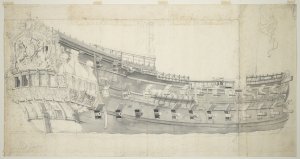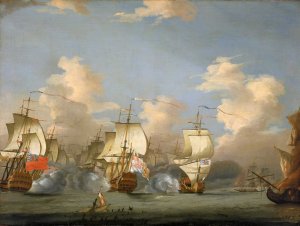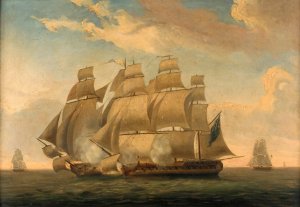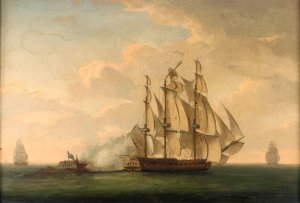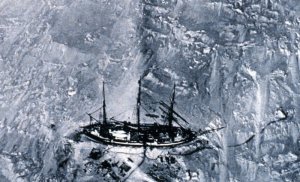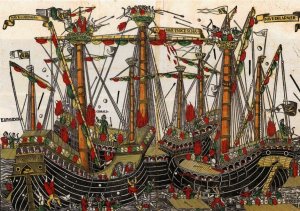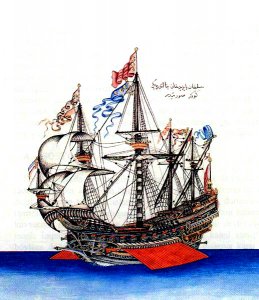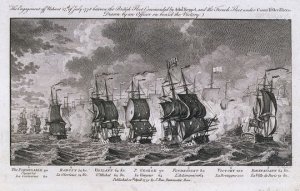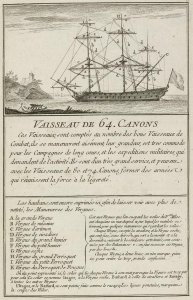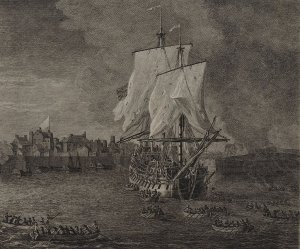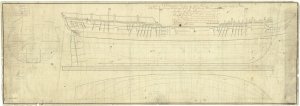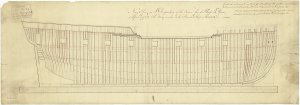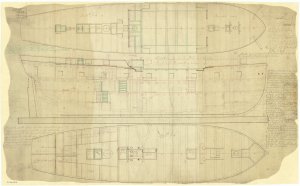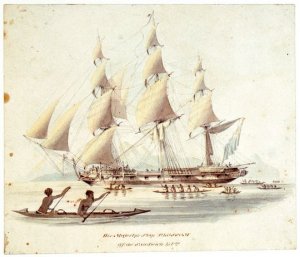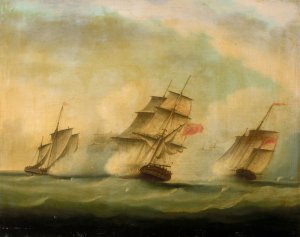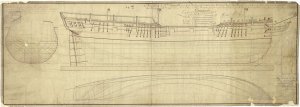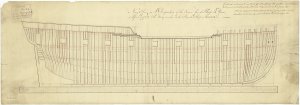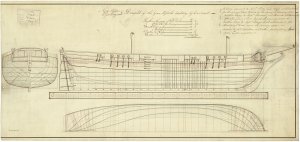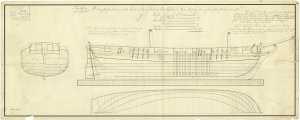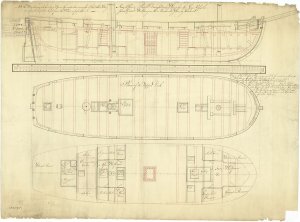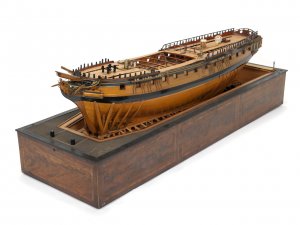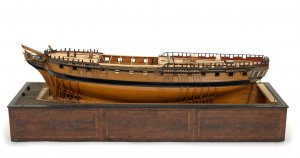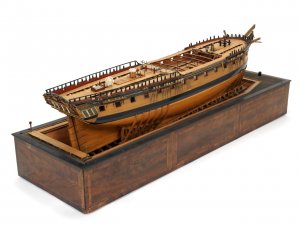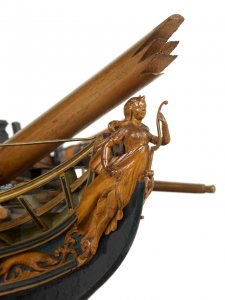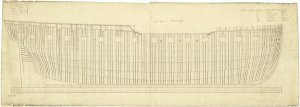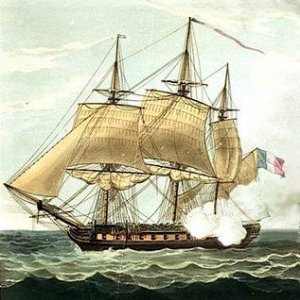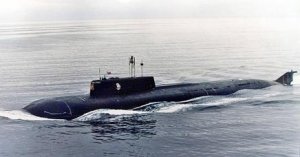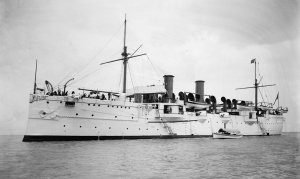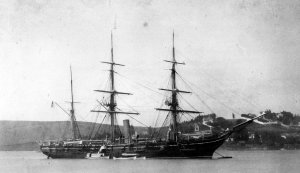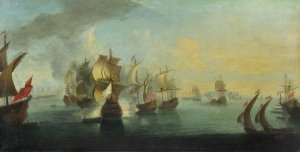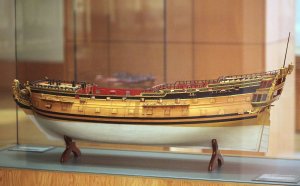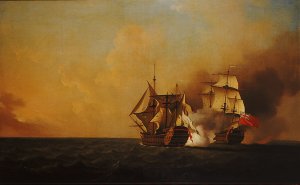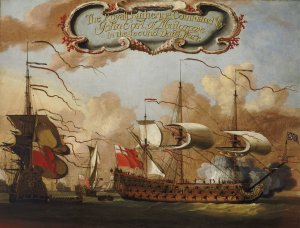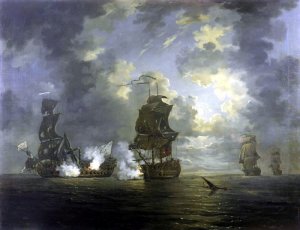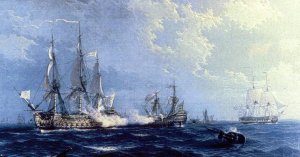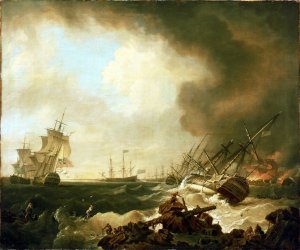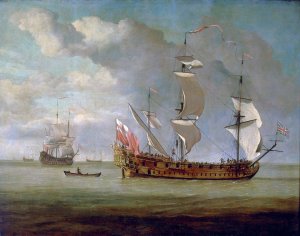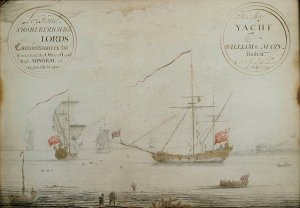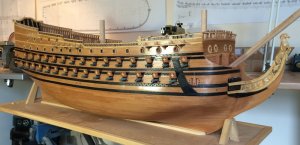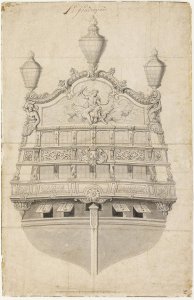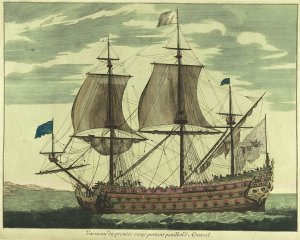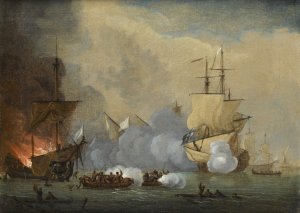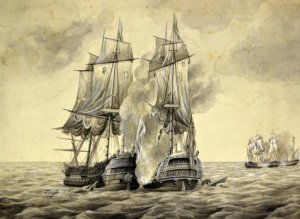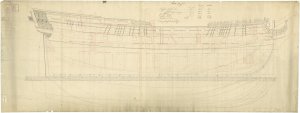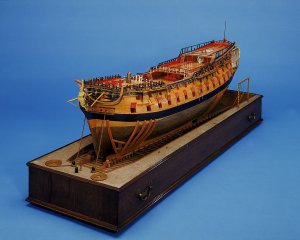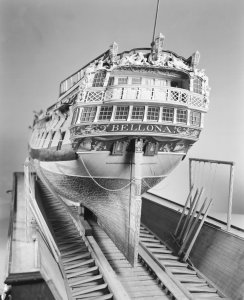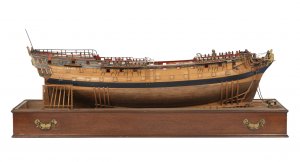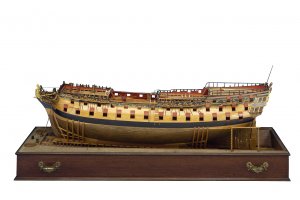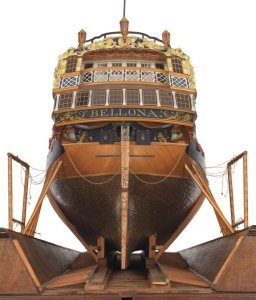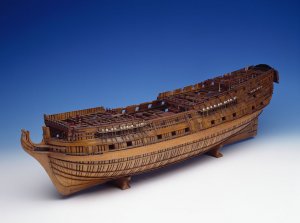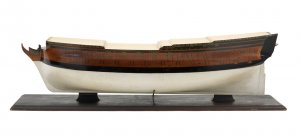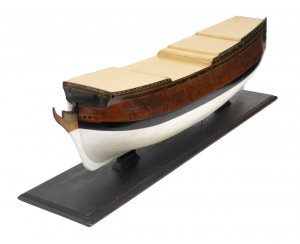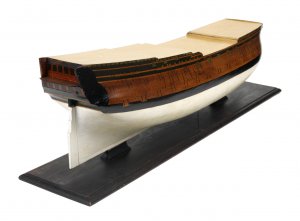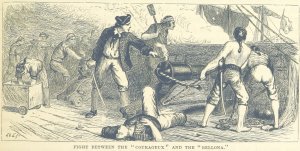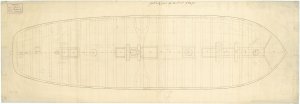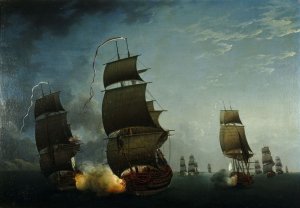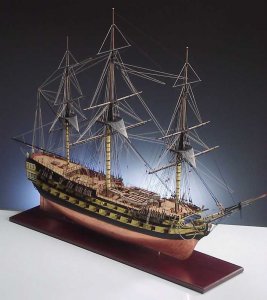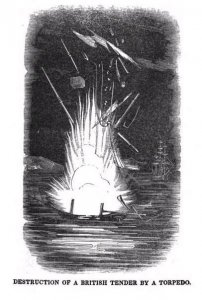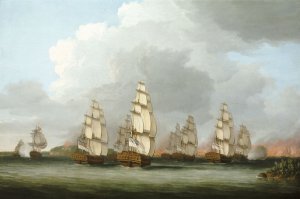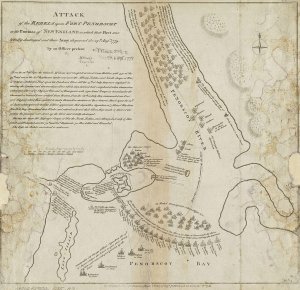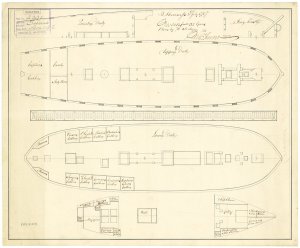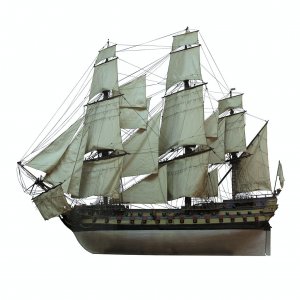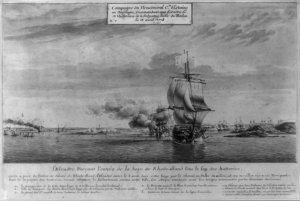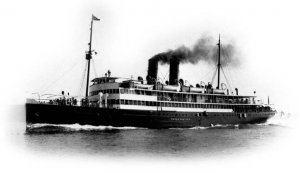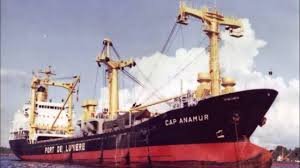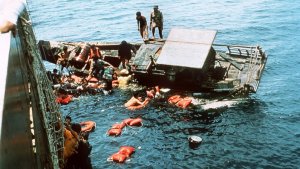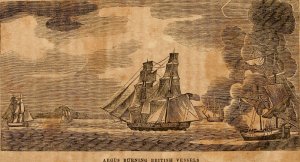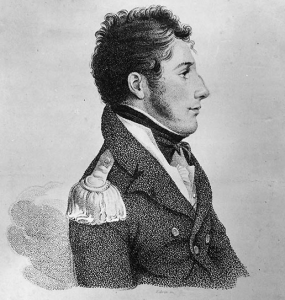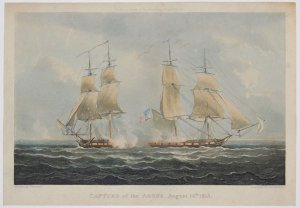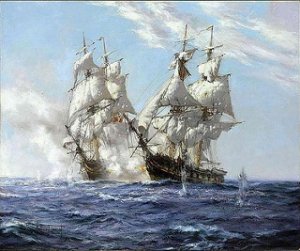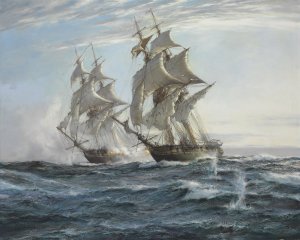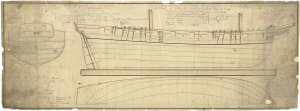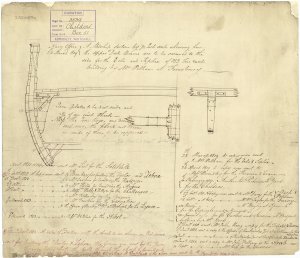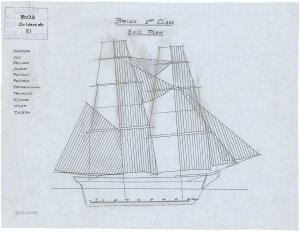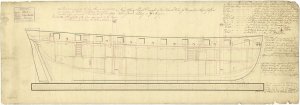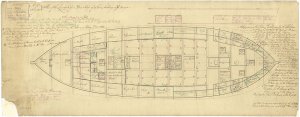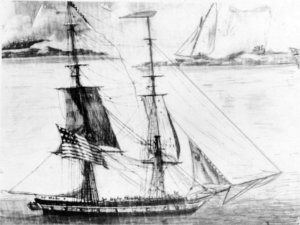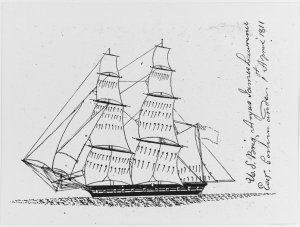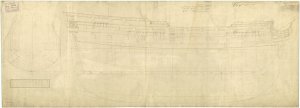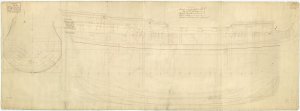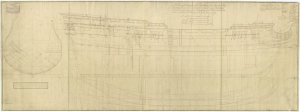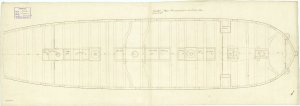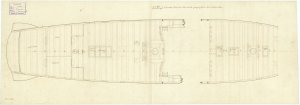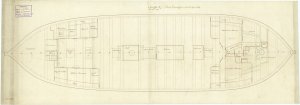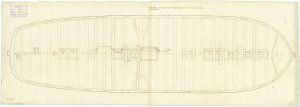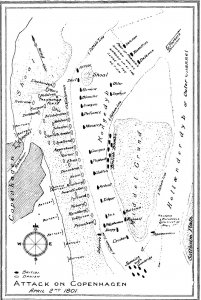11 August 1695 - unsuccessfull Bombardment of Dunkirk by british
By the mid-17th century the channel port of Dunkirk had a reputation for being a haven for privateers who were a menace to Dutch and English shipping. However, when Dunkirk was acquired by France in 1662, after a brief period of English rule, the harbour entrance was becoming silted and large ships could not enter. French king Louis XIV decided to transform the town into an important naval harbour and fortress, spending vast sums of money there throughout the rest of the 17th century.
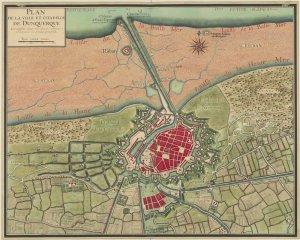
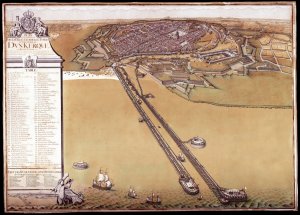
As a fortress, Dunkirk formed the northern anchor of the first line of Vauban's Pré Carré, a system of fortresses protecting northern France from attack. As a naval harbour, Dunkirk provided a valuable base for naval ships and privateers operating in the English Channel, an area where France had few good harbours.
Vauban, the king's military engineer, fortified the town with 10 large bastions, based on the existing Spanish works, and built a citadel next to the harbour entrance. The fortifications were protected by a flooded ditch, with numerous outworks and redoubts.
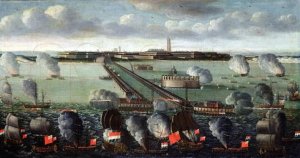
In order to achieve the king's naval aspirations for Dunkirk a large basin was excavated in 1670s that could hold 30 warships. The basin was prevented from running dry at low tide by a huge double lock that was built at its entrance. To enable large vessels to come into the harbour a channel was dug across the Banc Schurken, a sandbank that lay just off Dunkirk. This channel was secured by two jetties, which ran about a kilometre from the town to the deep water. When this work was complete in 1678, large vessels could use the harbour and France had a powerful naval base from which to strike at English and Dutch shipping.
The French recognised that the jetties were the lifeline of Dunkirk's harbour. In wartime an enemy naval force would only have to destroy or damage the jetties and the channel would quickly silt up. There were also concerns that an enemy would try to bombard the town from the sea. Because the channel was so long, it was not possible for the guns in the town's fortifications to cover the length of the jetties or keep enemy bomb vessels out of range. To provide protection for the town and the jetties, six forts were built in the sea in the 1680s. At first glance, the sea forts appear to be scattered at random across the area between the town and the low tide mark, but in fact each fort was built to cover a specific approach.
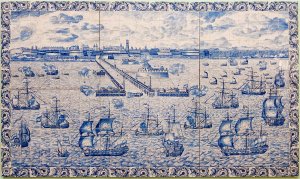
The sea forts and the landward fortifications were completed in the 1680s, with the exception of Fort Blanc, which was built in 1701. They successfully defended Dunkirk from several Anglo-Dutch naval attacks in the 1690s, so that not a single shell was able to reach the citadel or the town. The landward fortifications were never put to the test. During the War of the Spanish Succession the Allies avoided attacking Dunkirk because of its strength, advancing instead via Lille and Tournai.
In 1713 the Treaty of Utrecht was signed, bringing an end to the war between France and Great Britain. According to this treaty the fortifications and port facilities of Dunkirk had to be completely demolished. This meant an end to the jetties, the sea forts and the land fortifications. In the mid-18th century new sea forts and landward fortifications were built, partially utilising the ruins of the earlier forts, but these were also fairly short-lived. Today nothing remains of Vauban's great coastal fortress of Dunkirk. The Risban lighthouse is built on top of the ruins of the Grand Risban, but there are no traces of the fort itself.
By the mid-17th century the channel port of Dunkirk had a reputation for being a haven for privateers who were a menace to Dutch and English shipping. However, when Dunkirk was acquired by France in 1662, after a brief period of English rule, the harbour entrance was becoming silted and large ships could not enter. French king Louis XIV decided to transform the town into an important naval harbour and fortress, spending vast sums of money there throughout the rest of the 17th century.


As a fortress, Dunkirk formed the northern anchor of the first line of Vauban's Pré Carré, a system of fortresses protecting northern France from attack. As a naval harbour, Dunkirk provided a valuable base for naval ships and privateers operating in the English Channel, an area where France had few good harbours.
Vauban, the king's military engineer, fortified the town with 10 large bastions, based on the existing Spanish works, and built a citadel next to the harbour entrance. The fortifications were protected by a flooded ditch, with numerous outworks and redoubts.

In order to achieve the king's naval aspirations for Dunkirk a large basin was excavated in 1670s that could hold 30 warships. The basin was prevented from running dry at low tide by a huge double lock that was built at its entrance. To enable large vessels to come into the harbour a channel was dug across the Banc Schurken, a sandbank that lay just off Dunkirk. This channel was secured by two jetties, which ran about a kilometre from the town to the deep water. When this work was complete in 1678, large vessels could use the harbour and France had a powerful naval base from which to strike at English and Dutch shipping.
The French recognised that the jetties were the lifeline of Dunkirk's harbour. In wartime an enemy naval force would only have to destroy or damage the jetties and the channel would quickly silt up. There were also concerns that an enemy would try to bombard the town from the sea. Because the channel was so long, it was not possible for the guns in the town's fortifications to cover the length of the jetties or keep enemy bomb vessels out of range. To provide protection for the town and the jetties, six forts were built in the sea in the 1680s. At first glance, the sea forts appear to be scattered at random across the area between the town and the low tide mark, but in fact each fort was built to cover a specific approach.

The sea forts and the landward fortifications were completed in the 1680s, with the exception of Fort Blanc, which was built in 1701. They successfully defended Dunkirk from several Anglo-Dutch naval attacks in the 1690s, so that not a single shell was able to reach the citadel or the town. The landward fortifications were never put to the test. During the War of the Spanish Succession the Allies avoided attacking Dunkirk because of its strength, advancing instead via Lille and Tournai.
In 1713 the Treaty of Utrecht was signed, bringing an end to the war between France and Great Britain. According to this treaty the fortifications and port facilities of Dunkirk had to be completely demolished. This meant an end to the jetties, the sea forts and the land fortifications. In the mid-18th century new sea forts and landward fortifications were built, partially utilising the ruins of the earlier forts, but these were also fairly short-lived. Today nothing remains of Vauban's great coastal fortress of Dunkirk. The Risban lighthouse is built on top of the ruins of the Grand Risban, but there are no traces of the fort itself.



